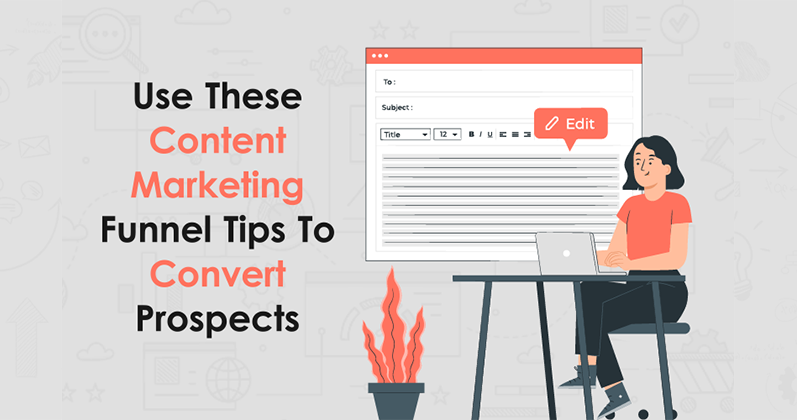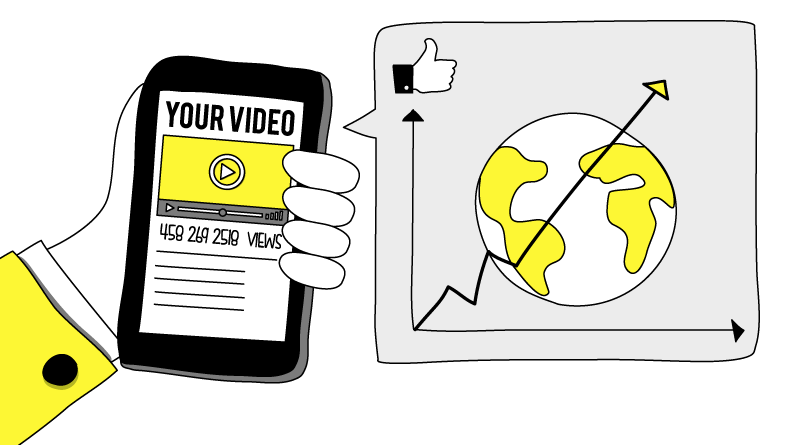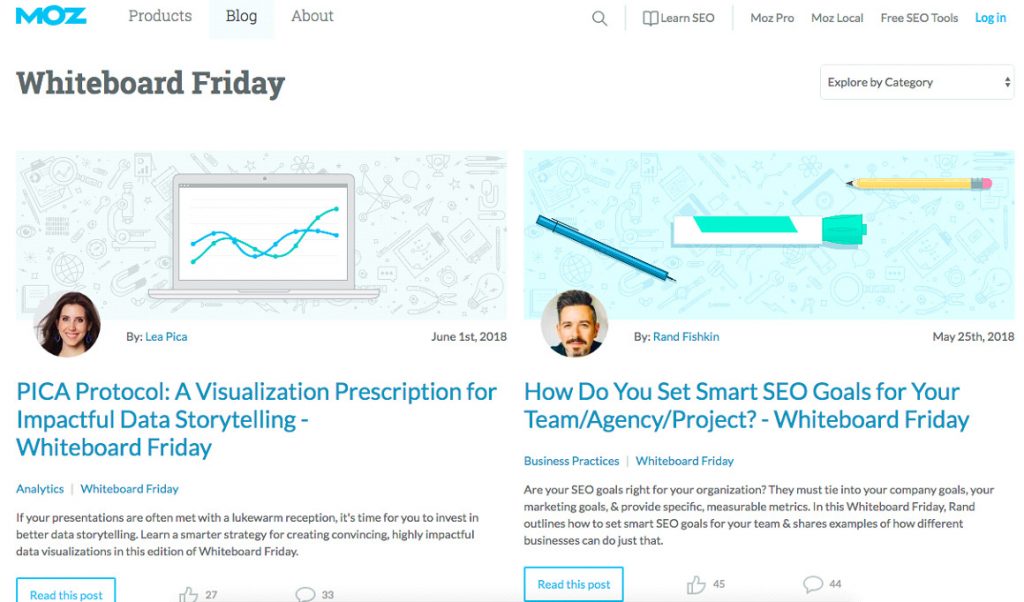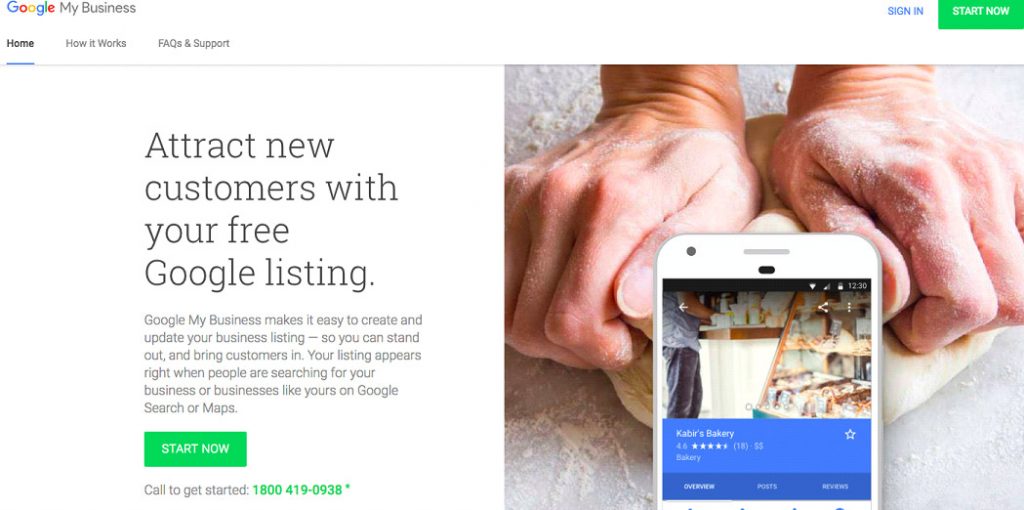Influencer Marketing Instagram Statistics
Instagram remains the go-to platform for influencer marketing. Its visual-first nature and engaged community make it a favorite for brands and creators alike. If you’re thinking of using Instagram for influencer marketing, here are some numbers to keep in mind.
First off, Instagram influencers drive real results. Studies show that 93% of marketers use Instagram for influencer marketing campaigns. That’s huge. The platform’s mix of photos, videos, and stories gives brands endless creative ways to connect with audiences.
Micro influencers, those with 10,000-50,000 followers, are the most in-demand. Why? Because they feel more authentic and relatable. Their average engagement rate is at least 7% and goes up to 20%. That’s way higher than larger accounts. People trust them because their recommendations feel personal.
Then there’s Instagram Stories. Over 500 million people use Stories daily.

It’s a goldmine for influencer content. Polls, quizzes, and swipe-up links make Stories perfect for driving engagement. In fact, nearly 90% of Instagram influencers use Stories to promote branded content.
Reels are also shaking things up. With Instagram pushing short-form videos, Reels have become a hot spot for influencer content. Reels have 22% more engagement compared to regular posts. Brands and creators are leveraging this format for tutorials, challenges, and product showcases.
Let’s talk ROI. Influencer marketing on Instagram generates $5.20 for every $1 spent. That’s a solid return. No wonder brands continue to invest heavily in this space. Plus, with Instagram’s audience crossing 2 billion monthly active users, the reach is undeniable.
What about consumer behavior? Over 60% of Instagram users say they discover new products on the platform. A whopping 92% of people trust influencers’ recommendations. This shows how impactful influencer marketing campaigns can be in shaping purchase decisions.
Authenticity remains the key. Audiences crave honest, real connections. They quickly spot fake or overly polished influencer content. Brands working with influencers need to keep this in mind to avoid backlash.
Instagram is still at the heart of influencer marketing. With creative tools, high engagement, and a trusted creator ecosystem, it’s hard to beat. No matter if you’re launching a product or building brand awareness, Instagram should be on your radar.
Influencer Marketing TikTok Statistics
TikTok has taken the influencer marketing world by storm. With its fast-paced, creative vibe, it’s the perfect playground for brands and creators. If TikTok isn’t part of your strategy yet, these influencer marketing statistics might change your mind.
First, the platform’s reach is massive. TikTok now boasts over 1.6 billion monthly active users. Its audience is young, with Gen Z and millennials making up the bulk. If your target demographic is under 40, TikTok is the place to be.

Engagement on TikTok is next-level. Influencers see an average engagement rate of 4.25%, much higher than on other platforms. It’s common for videos to go viral overnight, giving brands exposure like never before. Even small creators with niche audiences can pull in big numbers.
Micro and nano influencers are particularly powerful on TikTok. Their content feels genuine and relatable. Many brands find that these smaller creators drive better engagement than big names. It’s all about connection, not just follower counts.
Another game-changer is TikTok’s algorithm. It’s designed to surface content users will love, even if they don’t follow the creator. This levels the playing field, giving influencers and brands the chance to reach massive audiences organically.
Brands are putting serious dollars into TikTok influencer marketing campaigns. In 2023, TikTok influencer marketing spending grew by 27.8%. And for good reason — it delivers results.
Consumers are paying attention. 49% of TikTok users say they’ve purchased a product after seeing it on the platform. The combination of engaging content and trusted influencer recommendations drives buying decisions.
TikTok thrives on creativity and authenticity. Influencers who keep things raw and real tend to perform best. Audiences can spot inauthentic content a mile away. For brands, it’s all about partnering with creators who genuinely align with their values.
The bottom line is that TikTok isn’t just a trend. It’s a must-have in the influencer marketing toolkit.
Influencer Marketing YouTube Statistics
If you’re considering YouTube for influencer marketing campaigns, here are some key influencer marketing statistics to guide you:
First, the numbers are massive. YouTube has over 2.49 billion monthly active users.

It’s the second-largest search engine in the world, right after Google. This means brands can reach audiences searching for specific content, making influencer marketing campaigns highly treated.
Engagement is where YouTube shines. YouTube influencers often see higher engagement rates than on other platforms. This is partly because viewers spend more time on the content. The average daily time spent on YouTube was 47 minutes in 2023. Compare that to a few seconds of scrolling on Instagram or TikTok.
Product reviews and unboxing are especially effective on YouTube. 64% of people say they trust YouTube influencers for product recommendations. Seeing an influencer use a product in real time builds trust and credibility. It feels like getting advice from a friend.
Micro-influencers are growing on YouTube, too. Creators with 10,000-100,000 subscribers have high engagement rates and loyal subscribers. Their followers trust them, and that trust translates into action. They’re a great option for brands with smaller budgets.
Ad spending on YouTube influencer marketing continues to climb. That’s because YouTube offers solid ROI. Mobile YouTube ads are 84% times more likely to generate prospective buyers than TV ads. Plus, 79% of marketers are satisfied with YT ads, which shows it delivers a good return on investment.
YouTube Shorts are the new trend to watch. This short-form video feature is YouTube’s answer to TikTok and Instagram Reels. With over 70 billion daily views, Shorts are becoming a go-to for quick, impactful influencer marketing campaigns.
Audience behavior on YouTube is also worth noting. Over 70% of users say they’ve purchased a product after seeing it in a YouTube video. This highlights the platform’s power to drive sales directly.
Lastly, YouTube is all about storytelling. Influencers who create meaningful, value-driven content tend to thrive. Be it a tutorial, a vlog, or a deep dive into a product. YouTube influencers connect with the audience on a deeper level. For brands, that connection translates to loyalty and trust.
Influencer Marketing for Business Statistics
Influencers aren’t just building their follower base. They’re equally helpful for businesses as well. Influencer marketing is no longer just a trend; it’s a proven strategy. If you’re wondering how impactful it really is, these influencer marketing statistics will give you a clear picture.
Let’s start with the numbers. Influencer marketing is projected to be a $24 billion dollar industry by the end of 2024. That’s a massive leap from just a few years ago. Why? Because businesses are seeing real results.
Return on Investment (ROI) is one of the biggest reasons companies invest in influencers. For every $1 spent on influencer marketing, brands see an average return of $5.78. That’s a strong case for putting influencers in your marketing plan.
Small businesses are also benefiting. 37% of small businesses say they use influencers to promote their products or services. It’s not just for big brands anymore. These social media celebs help smaller companies compete by offering targeted reach and personalized recommendations.
Content creation is another big win. Working with influencers gives businesses a steady stream of authentic content. In fact, 82% of marketers say they get more quality leads from influencers than other influencer campaigns. Their content is engaging, and audiences trust it.
Brand awareness is another major perk. Businesses that collaborate with influencers often see a 50% boost in engagement. Partnering with influencers helps companies grow their audience and stay top-of-mind with potential customers.
Audience trust is key. Studies show that 69% of consumers trust influencer recommendations. Influencers act as a bridge, making brands feel more relatable.
The impact on sales is undeniable. Nearly 89% of marketers say influencer marketing campaigns are more effective than other channels and offer 8x return of the original cost. They drive traffic, generate leads, and, most importantly, convert.
Influencer marketing is cost-effective as well. Micro-influencers, with their smaller but loyal audiences, offer great results for less investment. They’re particularly valuable for businesses looking to stretch their marketing dollars.























